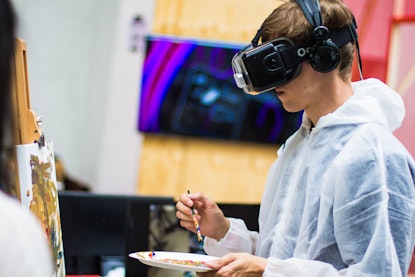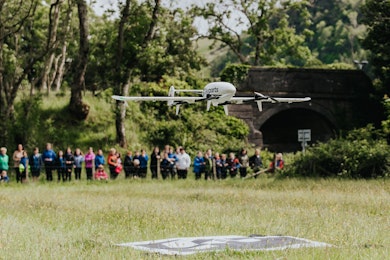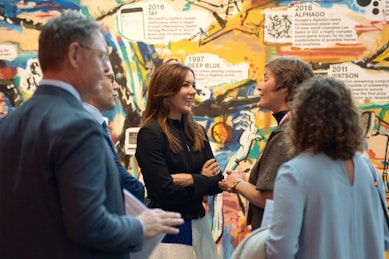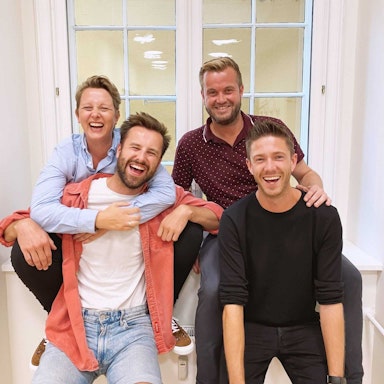WS Audiology about AI: "Don't wait for the brilliant idea"
Hearing aid manufacturer WS Audiology launched Widex Evoke, its first AI product in the spring of 2018. Contrary to expectations, it began work on AI without big data. The company believes that with a different approach, Denmark can join the global AI race and leverage algorithms other than those developed by big tech in the US and China.
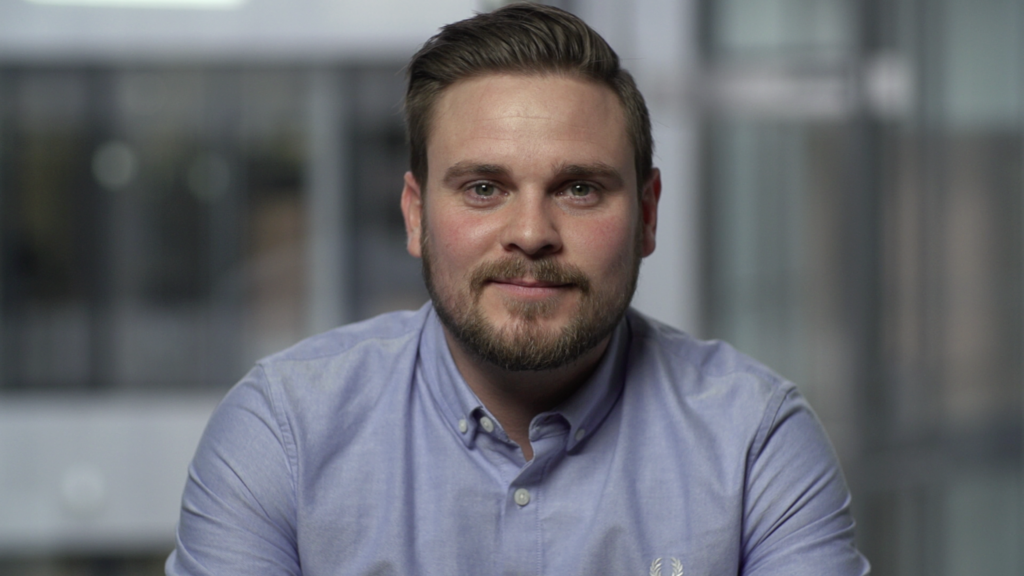
“Artificial intelligence is for people who work in PowerPoint. If you work in coding, it’s called Machine Learning.”
Jens Brehm Bagger Nielsen, Head of AI at WS Audiology, explains the difference between AI and Machine Learning, given that both concepts have been through their ups and downs and surrounded by much hype.
Nielsen himself has a PhD in Machine Learning and works very little with PowerPoint at the hearing aid manufacturer with Danish roots, located a little north of Copenhagen.
According to him, it is two sides of the same coin, but one side has become so hyped that just the fact of having AI in a business today is almost worth more than the value the AI can deliver.
AI without data
Jens Brehm Bagger Nielsen has agreed to tell us his views on AI and machine learning, and how this still small team within WS Audiology, which has a history of innovative products, is on a path to transform not only products but the organization as a whole.
On top of this, Nielsen has also agreed to share his experience working with AI as a Danish company with no access to Facebook or Google’s big data.
“The common belief is that you have to gather all the data you can and then implement AI with this data. We have done just the opposite. We started without data,” Jens Brehm Bagger Nielsen notes while discussing the work that had already made Widex pioneers in the field back in 2011 before it merged with Sivantos to form WS Audiology earlier this year.
Widex Evoke was developed and launched before the merger and is now one of the leading products in the global hearing aid company.
An alternative to human involvement
During that time, Nielsen was working on a business PhD, with a focus on where AI could create value for Widex. In the intervening years, the data to form new insights has been collected, aiming at developing better products and better user experiences for those who suffer daily from hearing loss.
“Artificial intelligence started as a philosophical problem: Can we make something that behaves like a human without it being a human. Non-machine learning algorithms were used to create the solutions. Now you use machine learning to make AI. For us, this means we can make a solution that corresponds to taking a mini-audiologist with you in your back pocket,” explains Jens Brehm Bagger Nielsen.
An AI-audiologist
An audiologist plays a crucial role for users with hearing loss, adapting their hearing aid to suit them as an individual. But audiologists can’t be available at all hours of the day for the individual user.
The Widex Evoke hearing aid works with an app where the company asks the user a range of 13 to 24 different questions. Based on the answers, the company can train its models to understand and adapt to the needs of the users.
“It happens in the same way as when the human brain learns; with a reinforcement model, the model is told when it is doing something good and when it is misbehaving. In doing so, we get closer to a better description of what AI is. Machine learning is algorithms that can learn from data so we can do something that humans could do. But since you can’t have an audiologist in the back pocket all day long, it’s a necessity,” he elaborates.
From no data to big data
Jens Brehm Bagger Nielsen explains that in this way Widex has just chosen to develop an AI solution for a problem where there is a need for a human, but it is not possible for the human to be sufficiently present to meet the need.
The setup boils down to having the user answer a maximum of 24 choices, providing a few thousand possible settings. In doing this, the problem of users not having an audiologist always available to them is scaled down to a problem that can resolve operationally.
Gradually, this has provided data on one million programs that have been trained since Soundsense Learn launched in the spring of 2018.
“It provides a huge data set to understand what the user wants in a specific situation. We had a tough time investigating this in detail before,” says Jens Brehm Bagger Nielsen.
Build a quick use case
Before getting started, Widex spent quite a bit of time internally discussing how to implement AI. Instead of gathering all available data, creating algorithms and implementing AI from there, they did the opposite.
“Our experience is that, rather than seeing what data we might want to work with, it is more important to see what data you have to get started on and then get a use case built. It’s the startup way: use what’s already there, then look at what makes sense to collect.”
According to Jens Brehm Bagger Nielsen, this should be the go-to approach for AI and Machine Learning in Denmark.
“We will never be Google or Facebook. And we should not aim for it. With their huge data volumes, they develop their algorithms differently than us. We can apply a European mindset. Everything has a smaller scale here, and this is why we have to work with other tools and algorithms. We should not copy Google but do something that makes sense here,” he says.
Dirty hands over brilliant ideas
WS Audiology works with both anonymized data and health data, which requires the user to authorize the use of their data actively. It’s a valuable experience that is essential to safeguarding user trust when collecting their data.
Legal and security policies must be in place, but it is also a good idea to go beyond these steps, even when the data set is small initially.
“Start small and know what you’re doing. Everything must be safe and proper. But you can’t think of everything from the start. It is much more expensive to wait for the brilliant idea than to get your hands dirty right away.”
Even though AI staff come with their toolbox of high-quality skills from their time at university, Jens’s experience has shown that you learn a lot from working with Machine Learning in practice.
“It’s a different discipline than a company like us is used to. We are used to reducing risk a lot before we start. But in our department, it is better to execute on some level than to postpone,” he says.
Aim for moon and land amongst the stars Jens Brehm Bagger Nielsen is convinced that AI will continue to grow at WS Audiology. He does not get into specifics of what is in the pipeline of data, machine learning and AI.
But this maybe because it’s hard to predict what an algorithm that learns from data will be able to do in the long run.
“It is easier to predict the result of working on a new noise reduction tool. Not because the error rate here with us is more significant. But you often get a different result than you imagine, “ says Jens Brehm Bagger Nielsen, comparing it with a planned trip to the moon that instead lands amongst the stars, which is better than not attempting the launch at all.
Jens’ advice on working with AI?
“That’s why it’s just about getting started. Get your hands dirty. Fail fast and learn fast. You can’t spend a year figuring out something that ends up somewhere other than your thesis was. You need to know that faster.”
